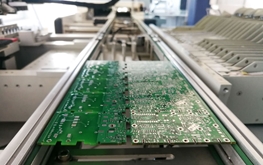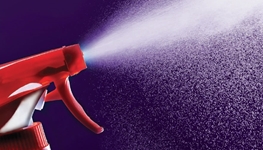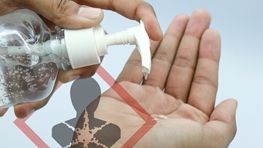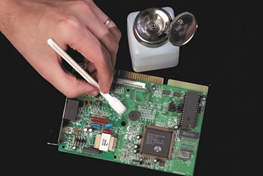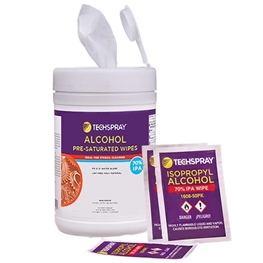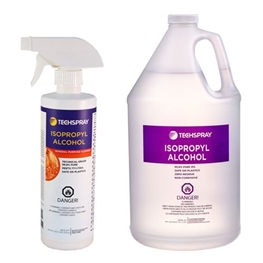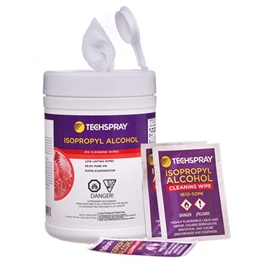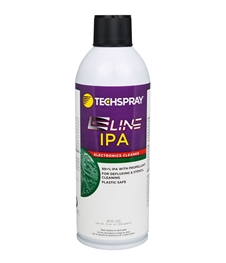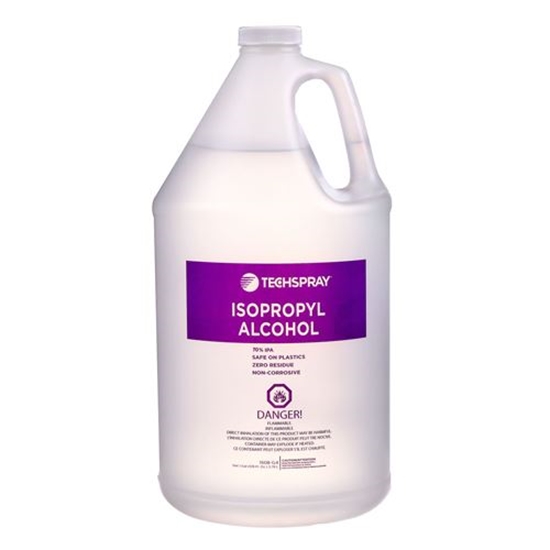
Cleaning Grade Isopropyl Alcohol (IPA)
70% pure isopropyl alcohol

TDS
REGS
SDS
FAQ's
Let’s start with what happens when some solvents are out-of-date. Solvents containing alcohol are hydroscopic, so absorb moisture from the air. What starts as 0.2% moisture could drift up to an unacceptable purity level, as it is exposed to ambient air. If sealed, this will happen extremely slowly. That depends on the packaging and sealing method, which we have full control of.
Once a container is opened, we no longer have control of it, so it is impossible to give a credible number. If you close it after every use, and have a humidity controlled environment, the same shelf life is probably still applicable. If you leave the container open and you are in the tropics, it will probably pass that unacceptable threshold a lot more quickly.
Whether or not 0.5%, 1%, or 10% moisture contamination is acceptable for your operation depends on what you are doing with it. Some aerospace customers absolutely demand their isopropyl alcohol (IPA) is 99.8% pure, so they manage their inventory very carefully. Other customers dilute 99.8% IPA with DI water to make their own 70% IPA for cleaning stencils. There really necessarily a real-world expiration date for that level of criticality.
Yes, HDPE (plastic) drums are designed to accept commonly available 2” threaded spigots / spouts. Spigots are available at distributors, like at https://www.grainger.com/product/GRAINGER-APPROVED-Drum-Tap-6PFN4.


